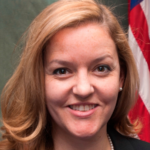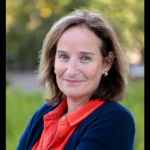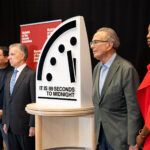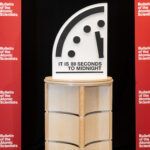Remembering ‘savvy & appropriately skeptical’ Bulletin editor Linda Rothstein
By Bulletin Staff | November 4, 2021
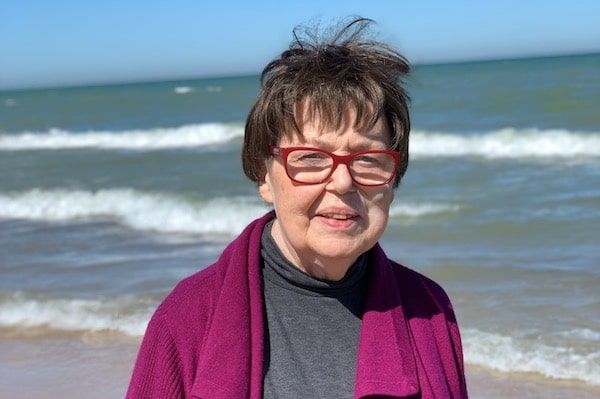
Linda Rothstein was many things during her 16 years with the Bulletin of the Atomic Scientists, including editor-in-chief, managing editor, associate editor, and formidable table-tennis opponent.
“She was a huge part of the Bulletin and a key reason why it survived through the Cold War,” said Stephen Schwartz, former Bulletin executive director and publisher. “She believed strongly in its mission.”
Rothstein died Oct. 31 in Hyde Park after a brief illness. She was 82.
Her son Jason called her “brilliant, opinionated, nearly unbeatable at Scrabble, and a daily finisher of the New York Times crossword puzzle in pen.”
She was born Oct. 23, 1939, in Des Moines, Iowa, and moved to Chicago to attend the University of Chicago, where she graduated in 1961 with a bachelor’s in history. Rothstein worked as a researcher, editor, and for an investment banking firm before joining the Bulletin in 1988 when the United States and then-Soviet Union were both destroying immediate-range nuclear missiles as part of the INF Treaty. The Doomsday Clock was set at six minutes to midnight, moving back from three minutes to midnight in 1984.
In 1992, Rothstein was promoted to managing editor. In 2000, she took over the role of editor-in-chief from Mike Moore.
“Linda is innovative, brilliant, and passionately committed to the Bulletin and to the principles that compromise its soul,” Moore wrote in the article announcing the leadership change. “The Bulletin is in very good hands.”
Moore recently recalled Rothstein as someone who kept quiet at meetings but was also not afraid to call a good idea “brilliant” and a bad one “tragic.”
Rothstein remained as editor-in-chief until she retired from the Bulletin in 2005.
“She wanted everyone to be as smart as she was and she had a way of encouraging her staff to grow as thinkers and writers, in that order,” said Bret Lortie, a former Bulletin editor.
Rothstein left her mark on the Bulletin in many ways, including facilitating its transition into a full-color magazine, launching its web site, digitizing its archives, and creating a “Plutonium Memorial” contest to create the best picture, painting, model, or design plan for disposal of the radioactive material.
“The quality of the magazine visually and editorially during the years she was around was a testament to her skill,” Schwartz said.
She possessed equally impressive table tennis skills—she competed for a state championship in high school—and would play matches against her husband Stanley on the third floor of the Victorian-style home on South Kimbark Avenue that once housed the Bulletin.
“I don’t think I ever managed to win a match against her,” Schwartz said.
Together, we make the world safer.
The Bulletin elevates expert voices above the noise. But as an independent nonprofit organization, our operations depend on the support of readers like you. Help us continue to deliver quality journalism that holds leaders accountable. Your support of our work at any level is important. In return, we promise our coverage will be understandable, influential, vigilant, solution-oriented, and fair-minded. Together we can make a difference.
Keywords: Bulletin of the Atomic Scientists
Topics: What’s New at the Bulletin

